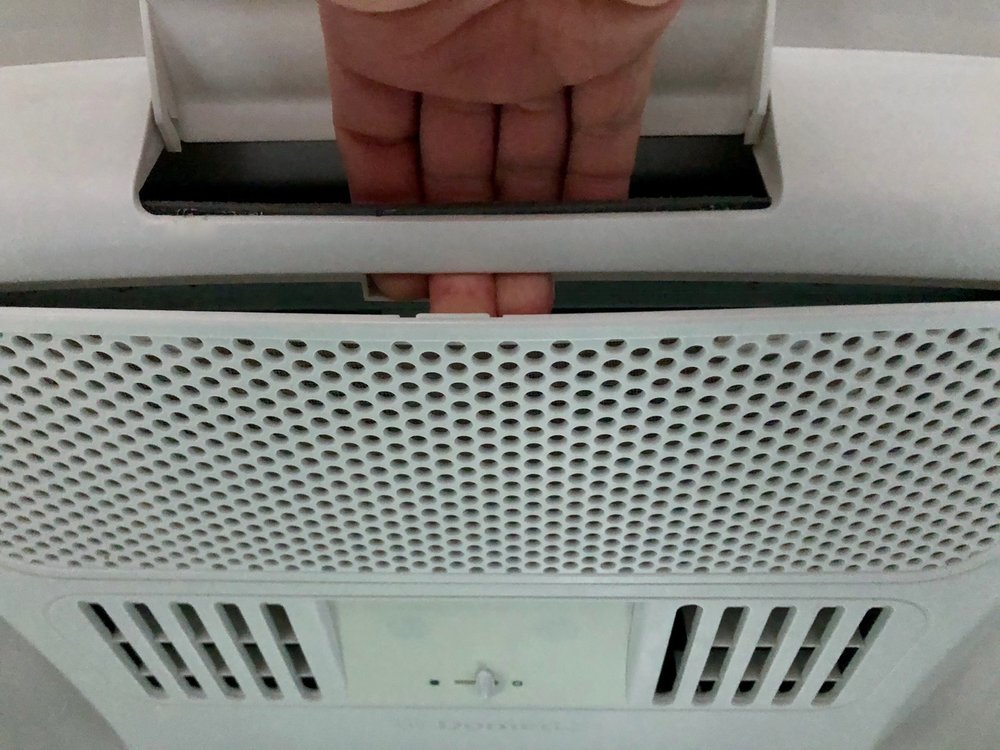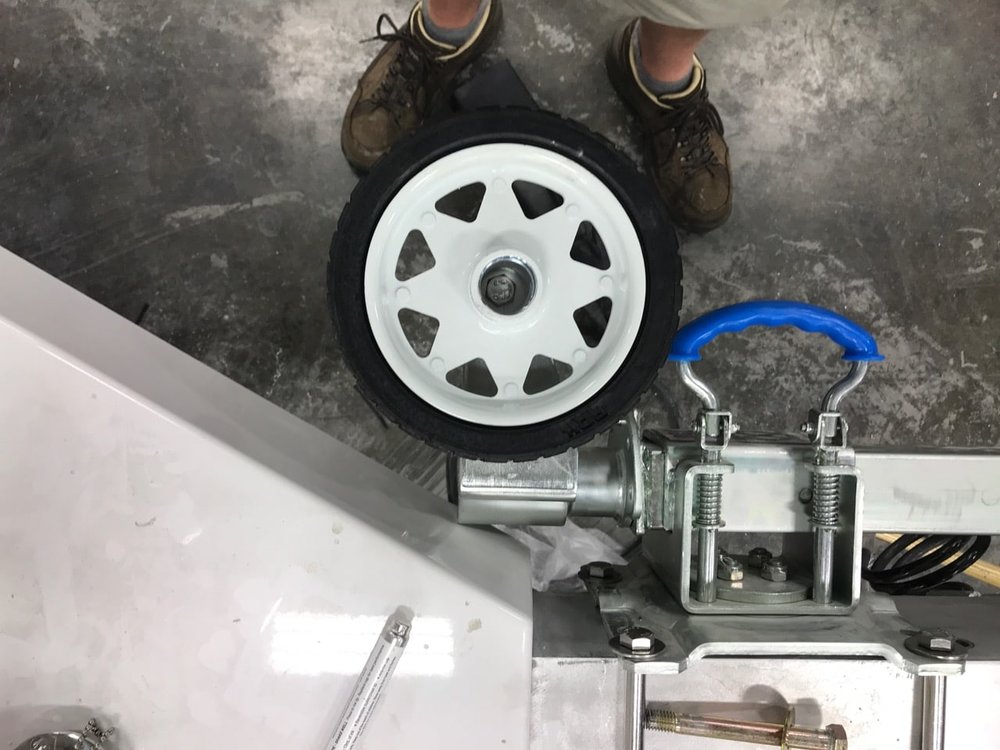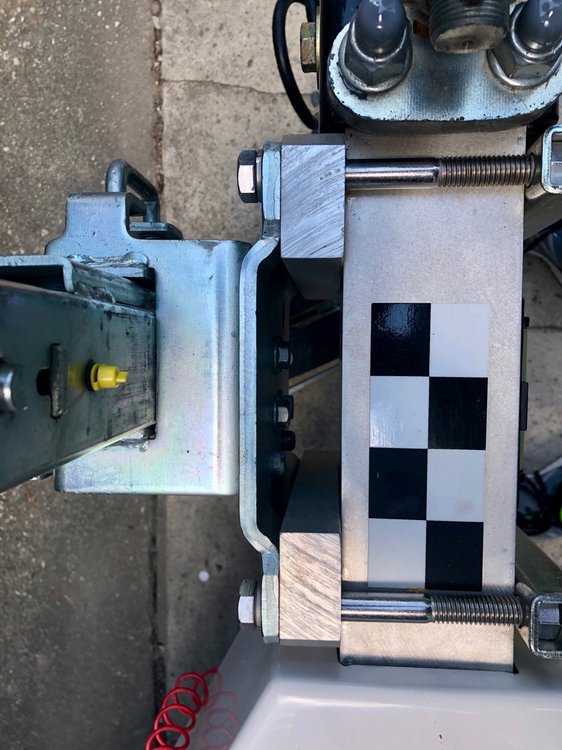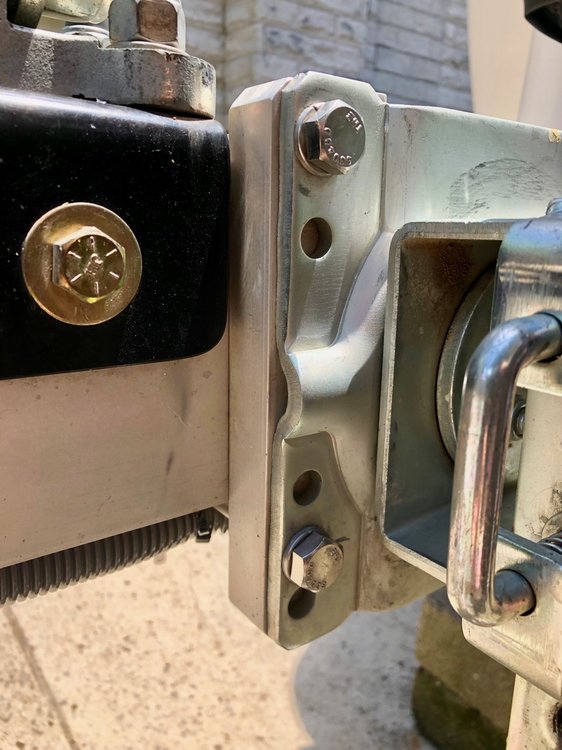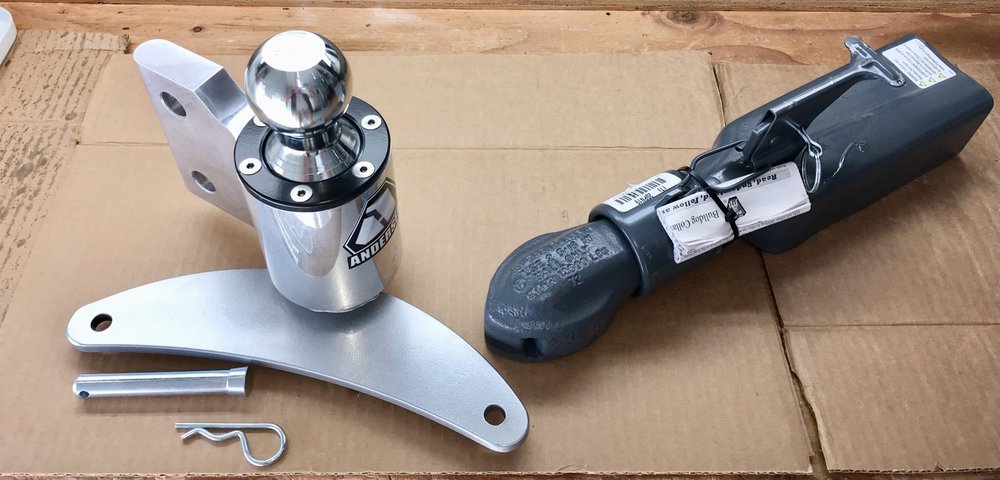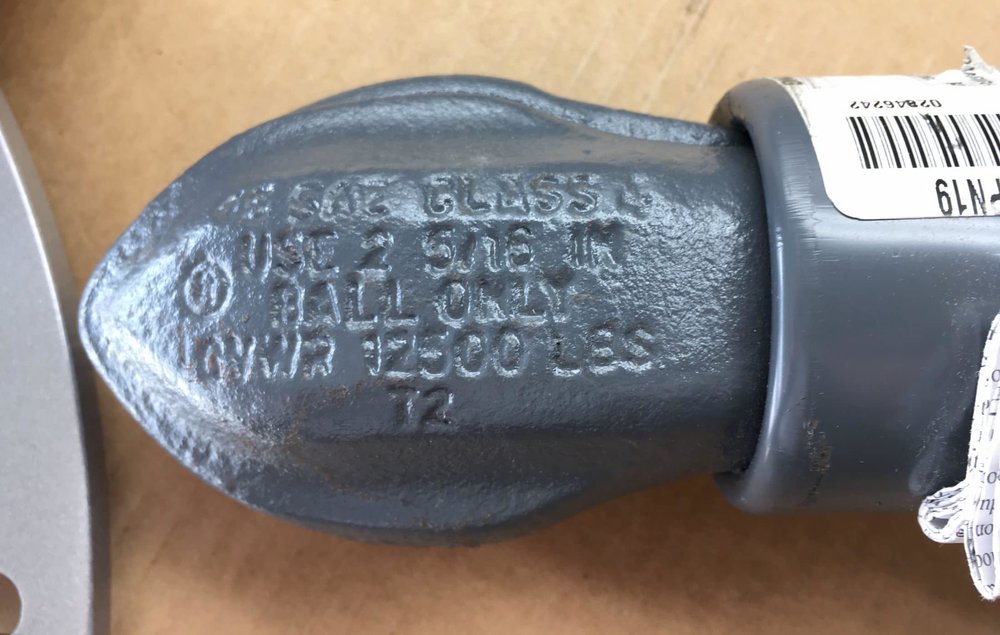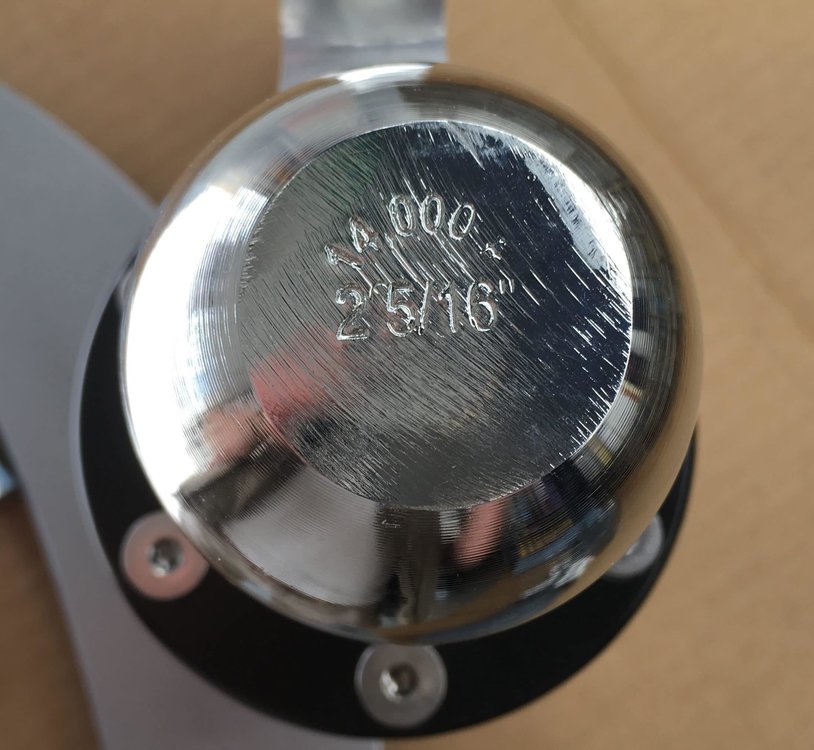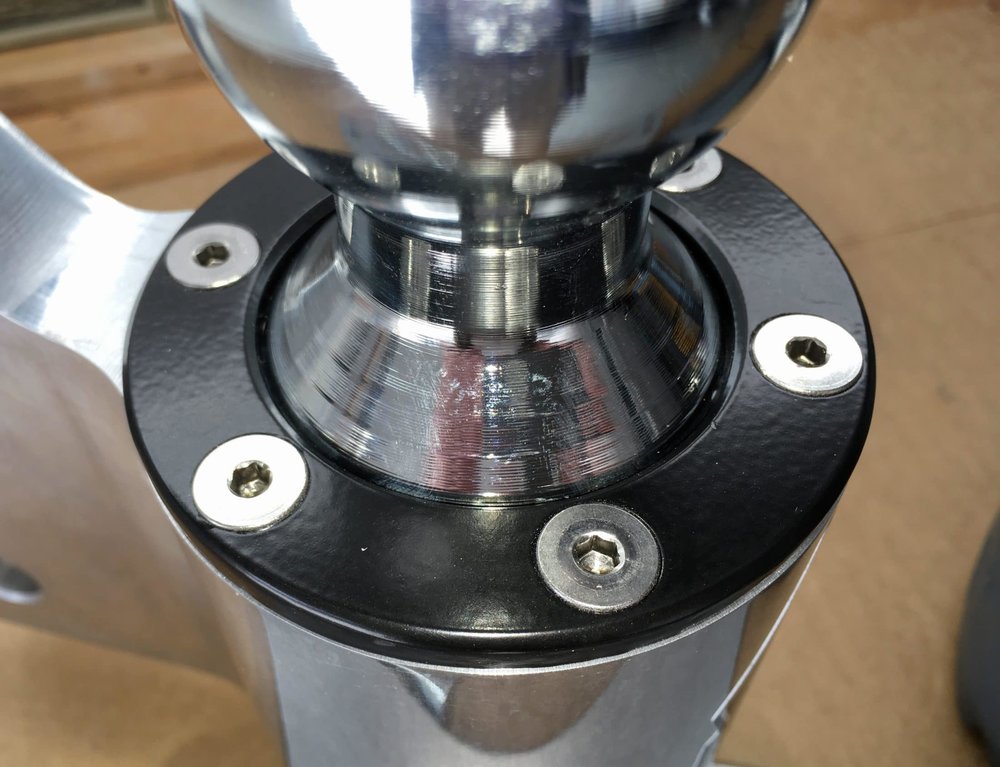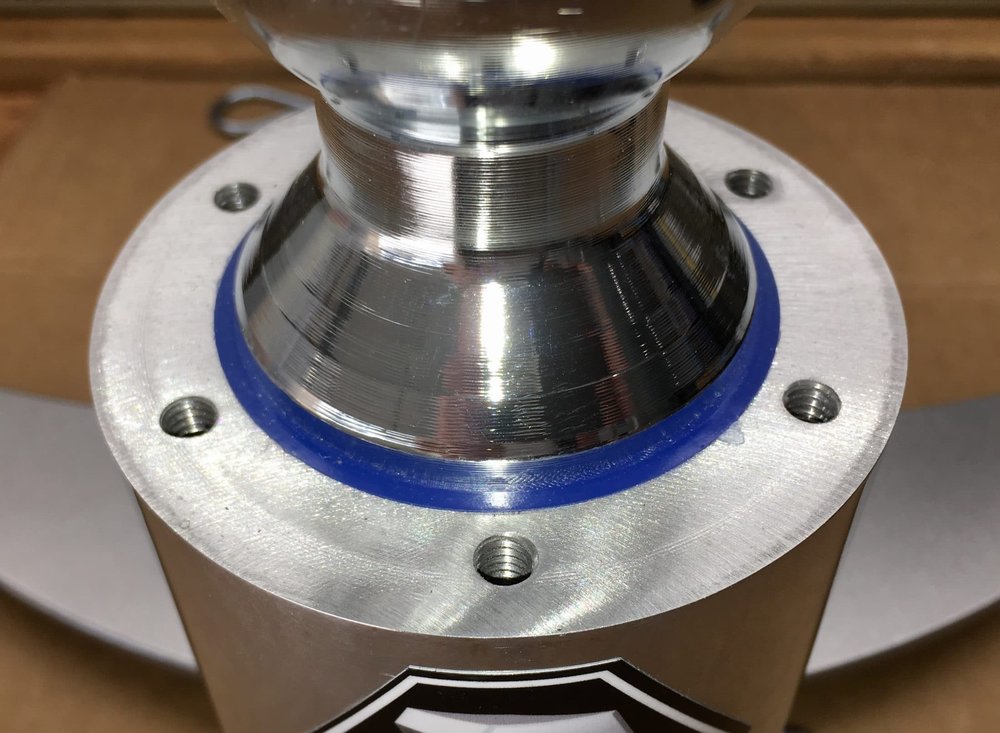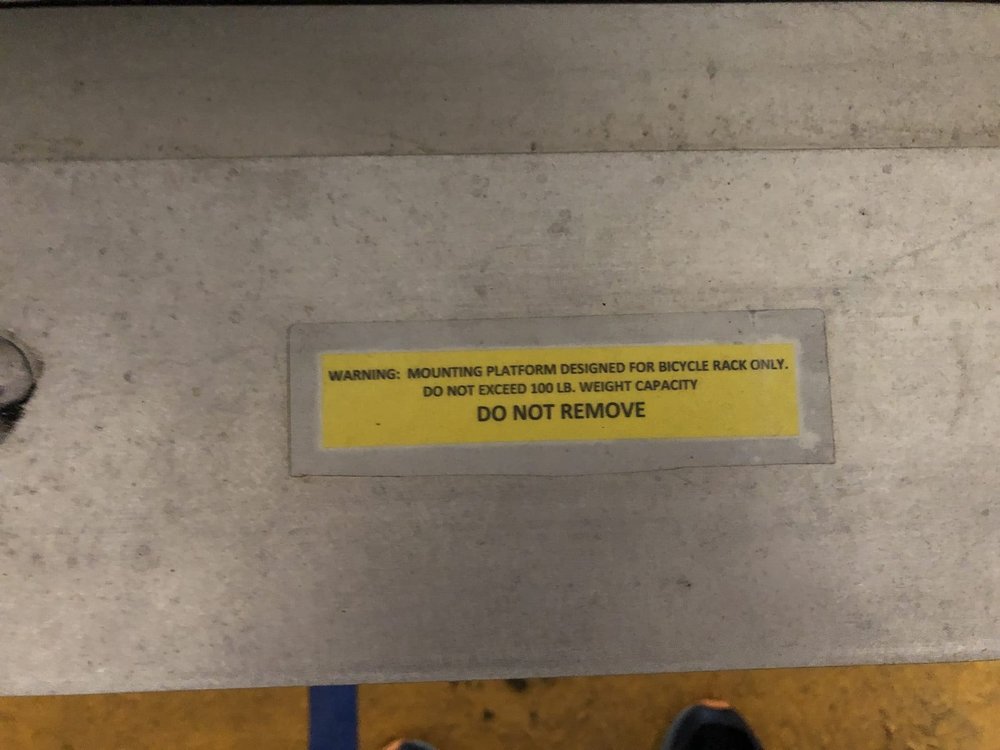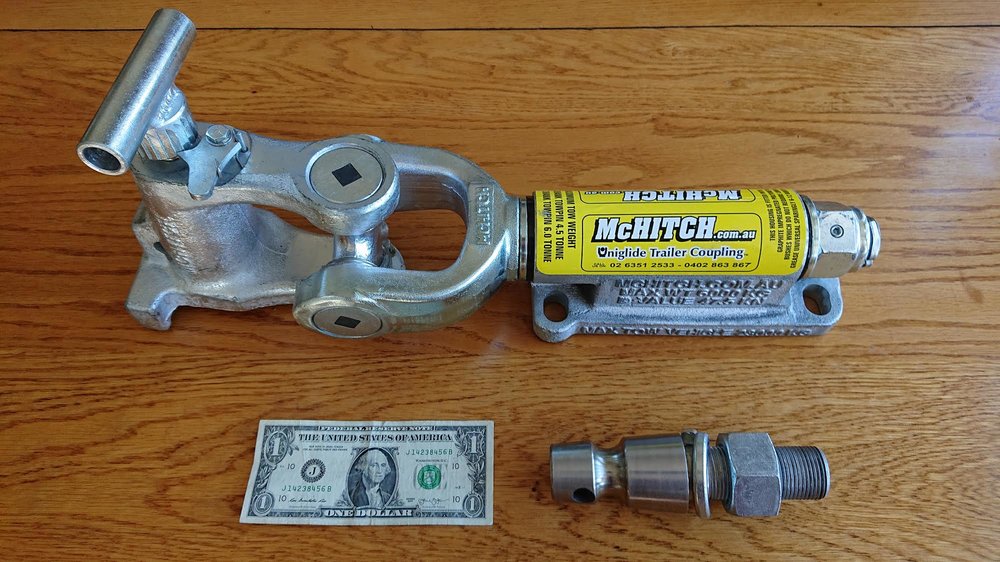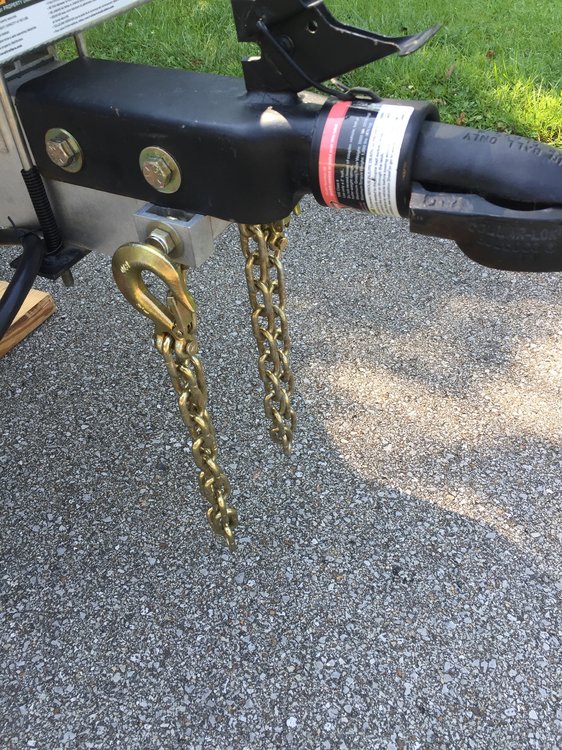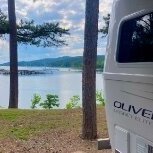Leaderboard
Popular Content
Showing content with the highest reputation on 07/29/2019 in all areas
-
I really have no interest in revealing what I sold my Oliver for, or any of the other things I've sold previously. I agree that it is interesting to someone in the market, but the tools are there already to understand the general market conditions and to watch listed items enough to get a good idea of the pricing. It really is nobody's business, beyond the buyer and seller involved in the transaction. And I have no obligation to try to influence any negotiations for anything sold in the future. When my sale is complete, my interest in the market is mostly gone, and future sale prices are not my business. Market trends yes, but not specific deals. Do your own research. Make your own deals. If you are interested in a particular model, watch for them to show up in the classifieds. Look at the year, the equipment list, and general condition. See how long it takes them to sell and how the asking price may change during that period. Take into account how rare they are and where they are located. Balance the benefits and problems associated with buying new vs buying used. This is simple market research that is outside the actual negotiations. Negotiations are not done in public. The final agreed to price is an acceptable compromise to both parties and has factors that often don't fit a simple chart of market values. Such as selling to a friend, selling because of health issues, or financial issues. Sending it to a "good home", or selling it in a hurry. Again, it's nobody's business but the two parties involved, so keep the negotiations between the buyer and seller. Don't share the price with the general public unless both parties agree that it is OK to do so. Another annoyance is the demand by people to know "why are you selling it?". Should I be expected to convince a buyer that it's OK for me to sell something, or reveal personal information, before we can enter into a negotiation? Finally, if someone is interested in buying something from another person, they should attempt to develop a personal connection with that person. This is the best path to getting more information and getting the best price. Be polite. Don't try to low-ball with an insulting offer, take responsibility for your decisions, instead of just scoffing at the price. For example, instead of putting it down as too expensive, suggest that it is beyond your budget. Instead of pointing to every flaw and making a big deal of it, simply say you might keep looking for one that will require less work. Or just share that you prefer a different layout. During communications, especially with texts, always identify yourself and say hi. Don't just go to the cold message and expect everyone to know who you are, or care. I often don't bother to respond to unidentified texts as I think they are rude. Rudeness doesn't make me want to negotiate. But if someone identifies who they are and says Hi, I am glad they got in touch.4 points
-
4 points
-
So most are probably aware that I've had these since delivery, but I've never posted about them - much to the concern of some (lol). The hitch, as advertised, is from McHitch in Australia. It's one of their automatic hitches in the 4.5 tonne (of the metric sort) version. The jack is an XO 750, also from Australia. You have to buy the hitch directly from their factory, but you can find the jack here in the US. The hitch was $750 shipped; the jack, $250. (The hitch price may have been Australian dollars - I can't tell from their invoice.) To attach the hitch to the Ollie's tongue, you'll have to have an adapter made, like this: The hitch bolts into the adapter and the adapter bolts into the same two holes on the tongue as the Bulldog, making them interchangeable. The female portion of the hitch will mount directly to any ball mount. The jack also requires a bit of work. The bolt spacing on the jack's mounting plate actually aligns quite well with the Ollie's tongue, but if you mount it directly to the frame, then the wheel just doesn't quite clear when folded: And there's no room to scoot the jack forward. You can fold it back the other way, but then the wheel is far enough forward to hit the truck in a tight turn - So you have to make some spacers, or if the guys in service are still as unbelievably nice as they were when mine was being built, maybe they'll make some for you. The ones they made for me are cut from 1" aluminum: So that's what we're talking about and how it attached to the trailer, but people are probably thinking - What again? Why did you spend money on this? The hitch, first: a multi axis hitch allows much greater articulation between the truck and trailer when going off road. Dips and twists in the road that would otherwise bind up a standard ball hitch are no problem with a multi axis hitch. There's also zero possibility of the trailer coming loose from the truck, thanks to the safety pin. The typical problem with these hitches, however, is that most designs are very difficult to align, and as such are commonly only used on small trailers that can be manipulated into place by hand. The McHitch fixes that problem by being largely self aligning. All you do is line up the hitch laterally when backing up to the trailer, then adjust the trailer height to match the truck's, then back into the hitch and it locks itself in place. The McHitch has two locking mechanisms: the first is the lever bar that drops into the groove on the main pin. That both holds the pin and lets you know that it's attached. Then you slide in standard locking pin a safety. Here's a video of how it works: It really works as advertised, and I actually enjoy hooking up and unhooking because it's so dead simple and quick. The u-joint on the hitch is from a Land Cruiser, so it's easy to source should it ever start to wear out. Maintenance is just greasing the u-joint once a year and keeping the locking bar greased so that it moves freely. I was a bit worried when I greased the u-joint that the pin would droop, making it difficult to hook up. But so far the u-joint has maintained it's stiffness. And it gets so little wear relative to what it was designed to do that it may never loosen up that much. You can get a WD attachment for the hitch if you want - I don't have it, and so can't comment on how easy or difficult it would be to attach to the Ollie's frame. There's also a keyed lock for the safety pin. The caps on the u-joint mounts are magnetic, so I use the top one to hold a little Nitecore LA10 flashlight/lantern when hooking up in low light - The XO jack serves three purposes. First is that it absorbs the bump from when you back into the McHitch. The Ollie's jack isn't designed to take that kind of force, so over time, either the jack or its mount are likely to get damaged. And of course if you were to bump the trailer particularly hard, then you might just destroy the jack or its mount in one go. The second purpose for the jack is that it provides an easy way to line up the trailer vertically with the truck, which I'll explain later. And the final purpose is what it was designed to do - allow you to recover the trailer if it's stuck, or maneuver the trailer while not attached to the truck. The jack is very stout, and strong enough to support the trailer while being winched. I haven't yet gotten the trailer stuck enough to use it like this. (I've gotten it stuck once, but was able to use traction mats on the truck to get both it and the trailer back to dry land.) But I have used it to maneuver the trailer around in a tight campsite, and it works perfectly in that situation. Here's a video of the XO jack in action: Obviously, you want to use extreme caution when using the jack in that way. It doesn't take much of a slope for the trailer to get away from you. Likewise, you need to use caution if you use the jack while hooking up or unhooking your trailer. I leave the safety chains attached until I've fully unhooked the truck from the trailer and placed the weight of the tongue onto Oliver's jack. The bonus to using that method is that the XO jack remains set to the truck's height, ready to be hooked up again. When it's time to hook back up, you just lower the tailer down until the XO jack is taking the weight, and you're all set to hook up. In cases where you have to lower the trailer's tongue to level, then I first raise the tongue, then swing the jack forward or lift it using the height adjustment pins, and then lower the trailer down to level. Hooking it back up would then be the opposite of that.3 points
-
No real concern. You can buy most spare parts off their website - gear assemblies, wheels, handles, etc. The jack weighs 41lbs, and I don't see why you can't use it on its own. It's just that if you have two, then you may as well take advantage of the ability to use both. I haven't tried using it to hold the tongue while camped, so I can't say for sure if it would feel more or less squirrelly, but I don't think it would. If anything, maybe less, because it's much sturdier. I think the problem you might run into is that the XO has less travel than the power jack. You can buy them separately here, or when you order the hitch, just specify the WD model. I have a hard wired backup camera.2 points
-
EDIT 08/29/19. Added extra bolts here: ... https://olivertraveltrailers.com/topic/how-to-reinforce-your-bulldog-coupler-by-adding-extra-bolts/ EDiT 08/23/20. Replaced Grade 8 bolts with Grade 5 - IMPORTANT, PLEASE READ THIS: .... https://olivertraveltrailers.com/forums/topic/3564-bulldog-coupler-complete-bolt-failure/ EDIT 06/07/21. Link to coupler: https://www.amazon.com/Bulldog-028462-Trailer-Rectangular-Straight/dp/B00ZRVQPVK The supplied 2" coupler and hitch is marginal. It has a 7000 pound GVWR and the chain thrust wears the ball badly because of the small contact area. Here's info on the newest Andersen coupler and steps to swap the parts. Andersen is really bad about not showing the latest images. The newest ball mount is WAY different than the one pictured on their website. I think it is so they can dispose of obsolete parts rather than discounting them heavily, or scrapping them. EDIT 08/23/20. Andersen shows the latest style ball unit, I don’t know when they updated the pictures. Here is the new ball mount, which I received for $100. Included was a return shipping label for the old parts. It is next to the new larger Bulldog coupler. See this thread for upgrade info: .... https://olivertraveltrailers.com/topic/fyi-andersen-wd-hitch-ball-locking-up-or-load-noise-11/ EDIT 06/07/21: Andersen is still offering their special $100 upgrade deal as of this date, according to member “rleog”. The new design uses an aluminum collar to retain the seal, and to hopefully keep out moisture. The insert will extrude upwards and make a more intimate contact with the ring. I reinstalled the screws with anti-seize compound to prevent future problems. The new ball mount sits about 5/8" above my old one, with a fresh insert (500 miles towing). John Davies Spokane WA1 point
-
Registration is now open for the Pineknot Rally to be held October 23-27, 2019 at Salmon Lake Park in Grapeland, Texas. The campground has an old western town theme. The tentative rally agenda will include morning coffee, griddle and Dutch oven cooking demonstrations, trailer maintenance discussion, panel discussion on boondocking (dry camping), swap meet, potluck (Thursday evening), Ladies Tea* (Friday noonish), dessert night (Friday), trailer open house (Saturday), catered BBQ dinner and door prize drawing (Saturday evening). Door prizes this year will include a WeberQ Grill, Blackstone Griddle and other prizes. We will email the official agenda with additional details to all registrants in early October. For additional details and to register go to http://www.mfrvg.com/pineknot . For those of you that are unfamiliar with this rally, it is for molded fiberglass trailers. Last year there were about 90 trailers...Casitas, Escapes, Bigfoot, Olivers, Scamps, and others. Consider joining us for a great gathering.1 point
-
I've been to this rally several times and found the folks to be welcoming and just plain great. Alas, I cannot be there this year because I'll be in Canada, but would encourage any Ollie owners to go and meet other molded fiberglass trailer owners. Look at how great their 20 and 30+ year old trailers can look, learn the fine art of Dutch oven cooking, make new forever friends, and just relax and have a great time. You can't go wrong. Sign up! Over the last 11 years, I've learned the fiberglass owner community is a family. It is wonderful to meet friends, catch up on their lives, and share your recent adventures. Go . . . enjoy . . .1 point
-
1 point
-
Before I decided to purchase a new Elite II, I was very interested in a used 2016 Elite II. What I learned was interesting, I hadn’t heard of this. There is no value pricing for used Ott. Nada Rv only shows base price for new and no value for used or priceing for options. I learned that the only way to buy a used Ott would be a cash deal. I checked with several banks, and credit unions. No one would finance a used Ott. I also posed as a buyer at a Rv dealer, and said I had a used Ott Elite II for trade. After the salesman scratched his head and went to the manager they came back and said they can’t take it on trade. They couldn’t get financing for new buyer and there is no present value for used. At this point used Ott are selling like hot cakes and you can get close to original asking price. Which is great. The above hasn’t swayed my decision to buy New. Ott is the best I’ve ever seen. And it will out last me. Just thought the values were interesting. Something I’ve never seen before.1 point
-
1 point
-
The 6 tonne and the 4.5 tonne are significantly different. When I was deciding on which one to get, I didn't see the self aligning 6 tonne. A closer look recently, and your explanation makes the self-aligning design look very convenient. The 6 tonne uses a 10 ton truck U joint that is quite large and it has a much larger shaft going through the bracket. I'm not clear what the rating means, in other words, how much safety margin is there beyond the rating? And how much tongue weight is each one designed for? My HQ weighs about 6,300 lbs dry and is rated at 10,000 GVW. Each tonne is 2,200 lbs, so the 6 tonne is rated for a trailer of 13,200 lbs. More than enough. But the 4.5 tonne is rated at 9,900 lbs. I expect my HQ will never weigh more than 7,500 lbs. A WDH adds another factor. I don't plan to use one and the rated tongue weight of the HQ is lighter than my Oliver's measured tongue weight or 560-570 lbs. I think I'd prefer the 6 tonne hitch with a WDH, but without it, it's a toss-up. Looking at the stock articulating hitch that comes with the HQ, it looks weak compared to the 4.5 tonne and I don't like the design. That is why I'm changing it. Reading the information on the McHitch site revealed that they took the 3.5 tonne model and made it into a 4.5 tonne by using better steel. That's it. No dimensional changes. The plug pieces are all the same across the board, except the shank size jumps from 7/8" to 1 1/4". Both the 4.5 and the 6 have the same bolt pattern on the tongue Bottom line: I'm thinking of using the 6 tonne "drop on" I bought, on another trailer and getting a "self aligning" 6 tonne for the HQ. The basic design and stresses involved, plus the ease of use, favor the self aligning one. Another factor is that the "drop on" might interfere with the tailgate when aligned properly with the very high tongue on the HQ. Initially, I liked the drop on because the towing load was not being applied to the safety pin, as it is in the self aligning design. This seems like a high stress area and a point of wear. But it is rated to handle that and the ease of use is a nice factor. Given all of that, what do you think? Here's a picture:1 point
-
There are a few things that keep the price of used Olivers up. One is they are very popular. Two, Oliver has a waiting period on the new ones. And three, Oliver keeps raising the price of new ones, so used, at nearly their original price, seems cheap by comparison. Also, they have a great reputation. The new prices seem high at first glance. But compared to other high end trailers, like Airstream, not so much. When you really take a look at all that goes into making an Oliver, and at how they are holding up, they can be looked at as a good deal. In the final analysis, things are only worth what the market will bear. Right now, everything is working in Oliver's favor. At the same time that Oliver is striving to perfect their product and build their reputation, other companies are failing through mismanagement, reduced quality, take-overs, or rolling out new products that are not ready for prime time. Plus, the Oliver LE2 is a trailer that appeals to a wide range of people and not just a trendy few. Finally, Oliver knows how to do fiberglass as good or better than anyone, and it shows. They are not just a startup that buys shells form someone else. They make them and work hard to perfect them. This is abundantly clear to anyone who takes the tour.1 point
-
1 point
-
1 point
-
And I forgot to say, " welcome to the forum!" Randy, are you new to camping, trading up from a tent or some other brand? The options today are many, I know. Take heart . A lot of options in 2008 are already standard. Just a lot to work through in the decision process. Here's our story, 11+ years in. We camp without hookups 99 per cent of the time. Removed the microwave. Added solar in fall, 2008. Most important to us is solar, and the freedom the small size gives us. We leave the bed made up all the time. Added an inverter in 2009, died a few years ago, no plans to replace it. Never used it much. We chase cooler weather, travel in the eastern half of us, and Canada, primarily. We camp often in North Carolina mountains. Where do you want to go? Sherry1 point
-
Recent Achievements




